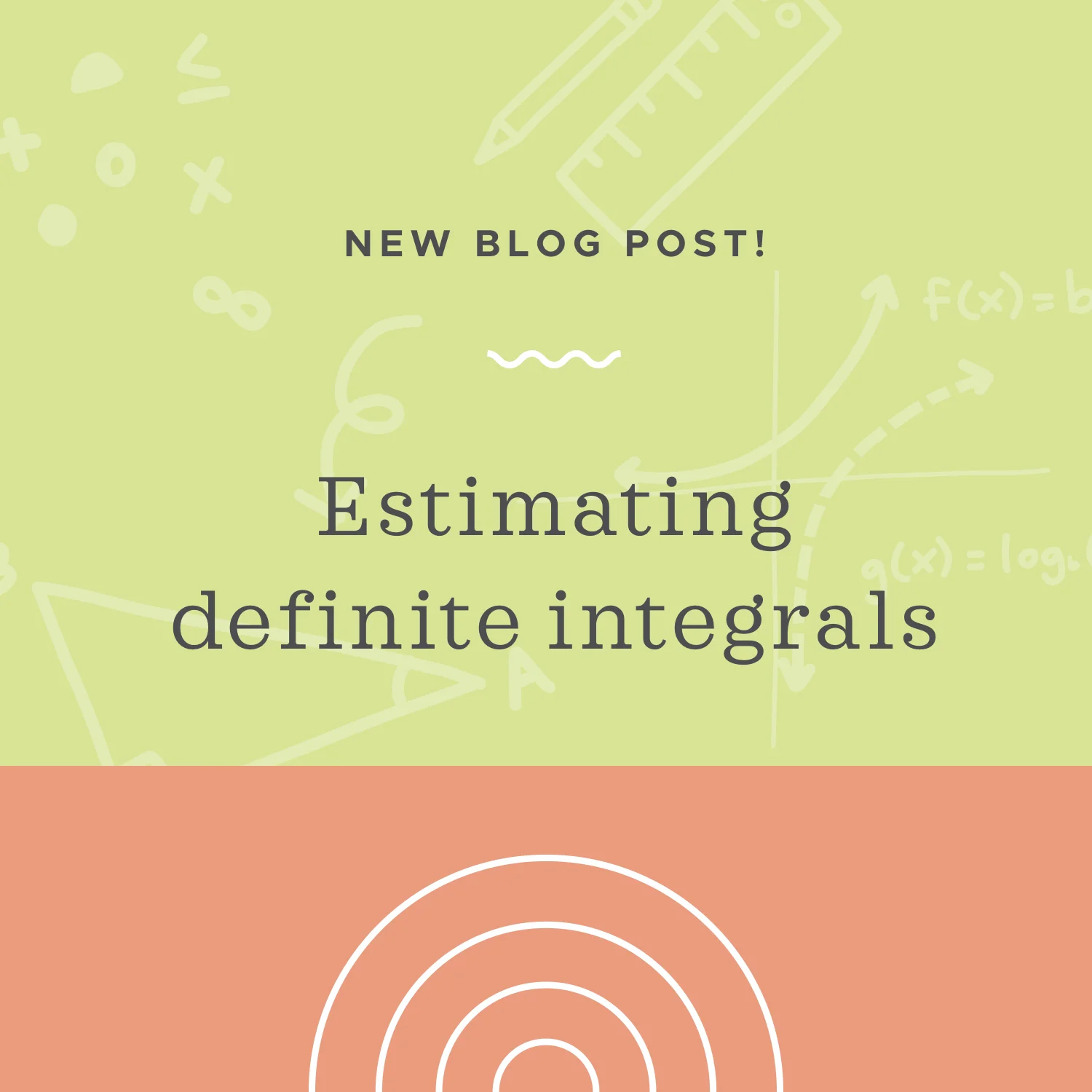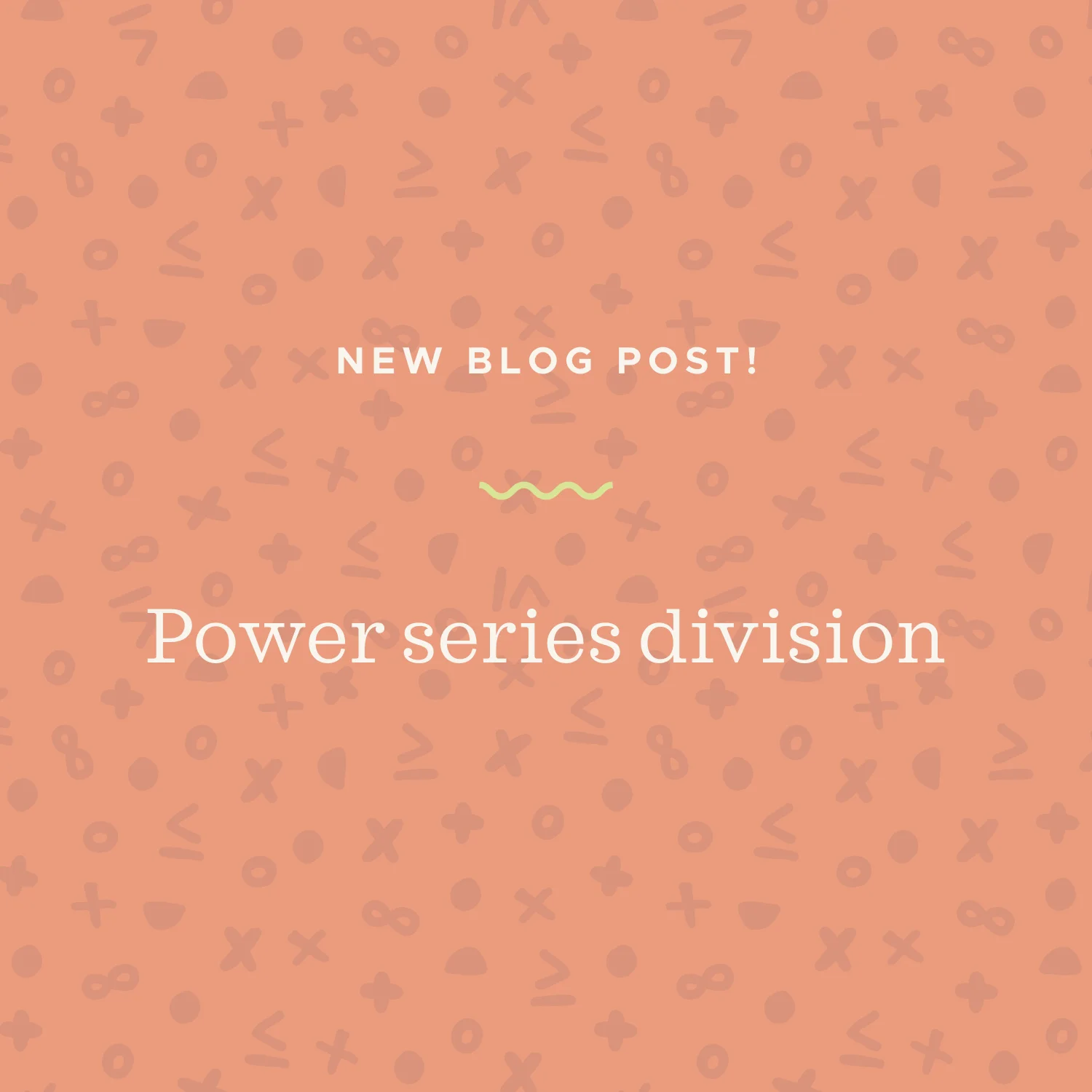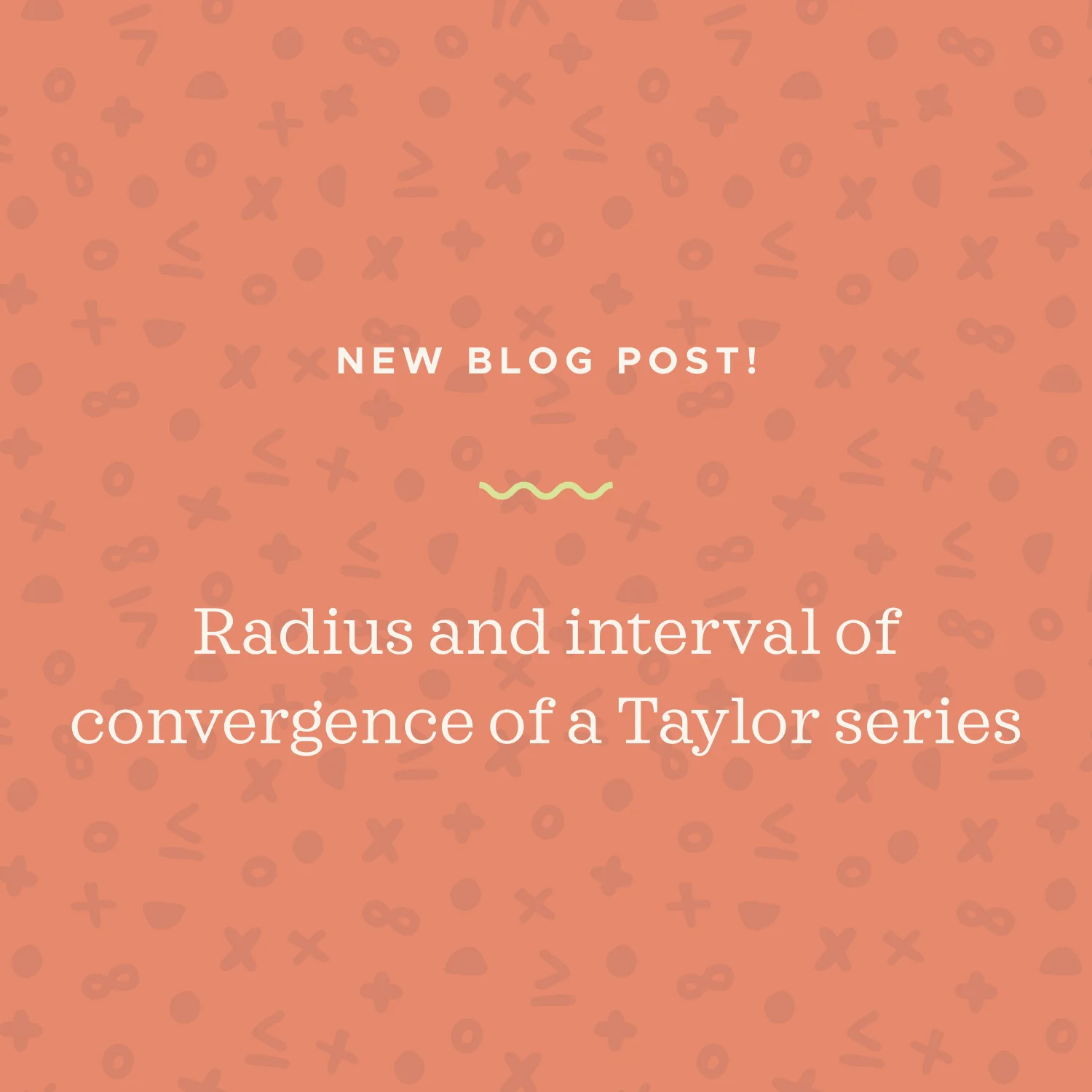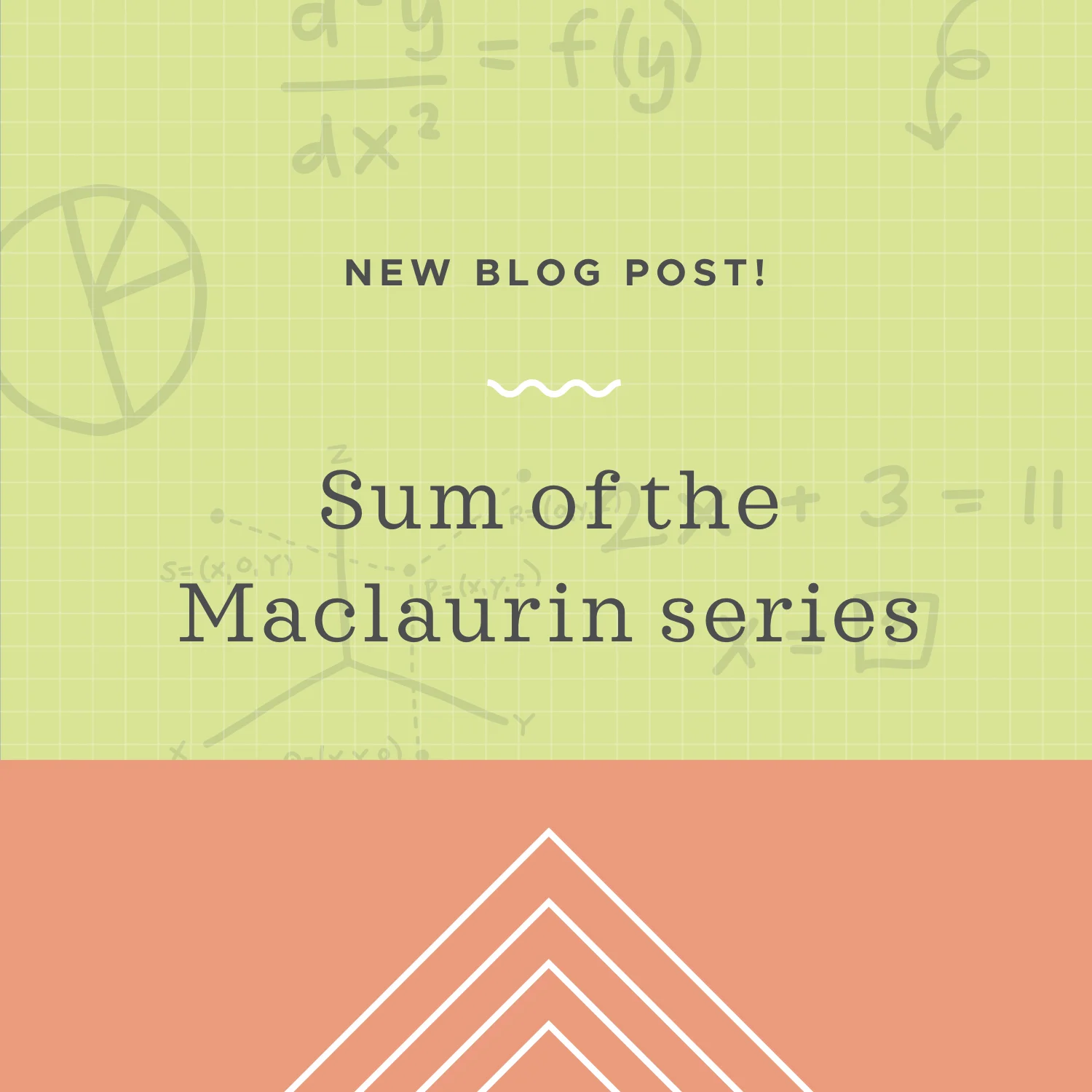We can use power series to estimate definite integrals in the same way we used them to estimate indefinite integrals. The only difference is that we’ll evaluate over the given interval once we find a power series that represents the original integral. To evaluate over the interval, we’ll expand the power series through its first few terms, and then evaluate each term separately over the interval.
Read MoreThe interval of convergence of a series is the set of values for which the series is converging. Remember, even if we can find an interval of convergence for a series, it doesn’t mean that the entire series is converging, only that the series is converging in the specific interval. The radius of convergence of a series is always half of the interval of convergence. You can remember this if you think about the interval of convergence as the diameter of a circle.
Read MoreSometimes we’ll want to use polynomial long division to simplify a fraction, but either the numerator and/or denominator isn’t a polynomial. In this case, we may be able to replace the non-polynomial with its power series expansion, which will be a polynomial. The simplest way to do this for the non-polynomial is to find a similar, known power series expansion and then modify it to match the non-polynomial function.
Read MoreThe goal is to use differentiation to get the left side of this equation to match exactly the function we’ve been given. When we differentiate, we have to remember to differentiate all three parts of the equation. We’ll try to simplify the sum on the right as much as possible, and the result will be the power series representation of our function. If we need to, we can then use the power series representation to find the radius and interval of convergence.
Read MorePreviously we learned how to create a power series representation for a function by modifying a similar, known series to match the function. When we have the product of two known power series, we can find their product by multiplying the expanded form of each series in the product.
Read MoreSometimes we’ll be asked for the radius and interval of convergence of a Maclaurin series. In order to find these things, we’ll first have to find a power series representation for the Maclaurin series, which we can do by hand, or using a table of common Maclaurin series.
Read MoreSometimes we’ll be asked for the radius and interval of convergence of a Taylor series. In order to find these things, we’ll first have to find a power series representation for the Taylor series.
Read MoreOne convenient way to find the sum of the Maclaurin series is to start with a well-known Maclaurin series and then manipulate it one step at a time until it matches the series you’ve been given. Because you’ll be manipulating the expression of the sum at the same time, once you get the series to match, you’ll automatically have the sum.
Read More









